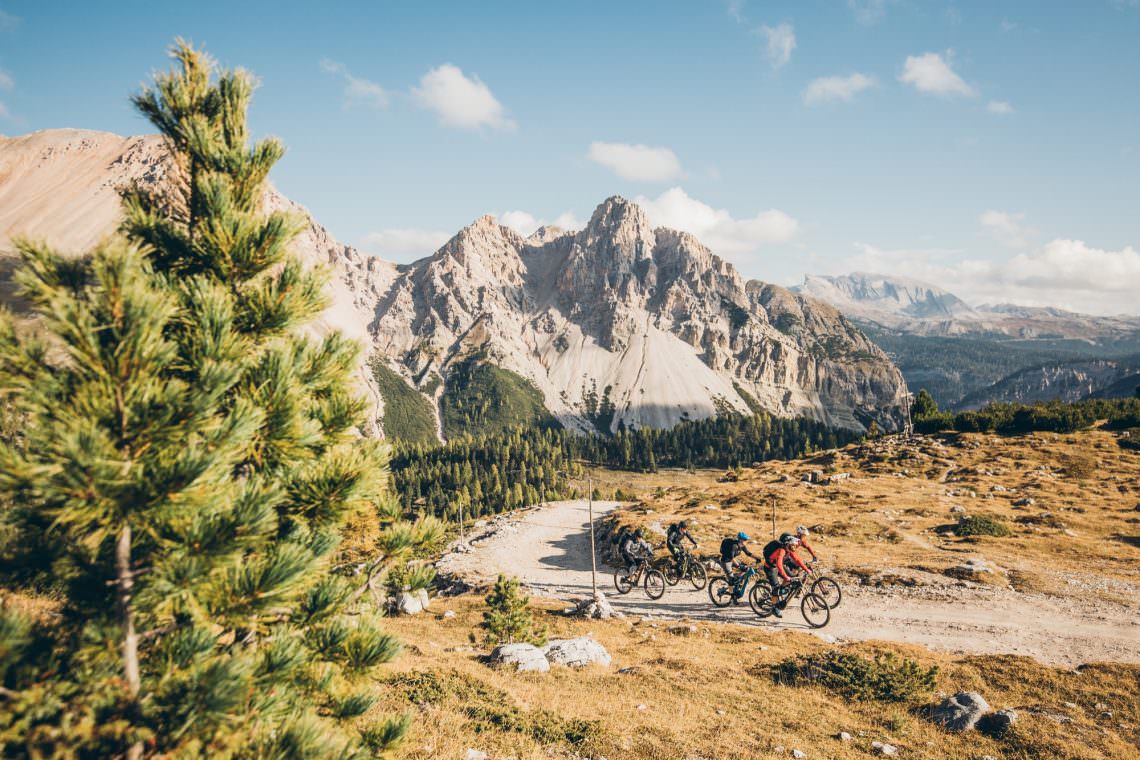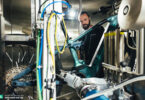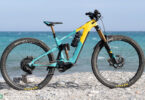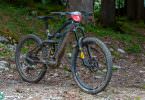What will the e-bikes of the future look like? What are the key trends and biggest challenges of the upcoming year? The team of the Design & Innovation Award not only reviews the most exciting new products, but also challenges and shapes the trends and developments of the future. Here are the highlights!
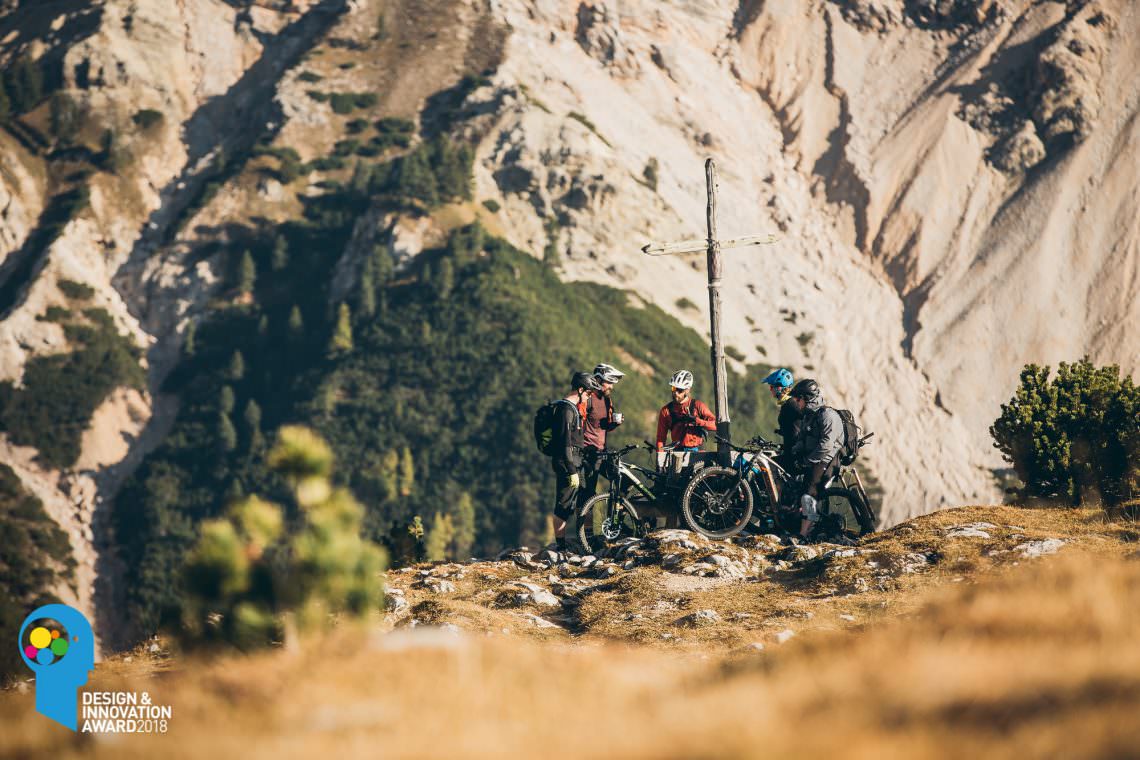
Safety is key
E-bikes democratize cycling, allowing access to an ever-larger group of riders. However, as the number of riders increases, so does the risks, so rider safety is paramount. Bosch proves its pioneering spirit with the first production-ready e-bike ABS. However, not all progress brings improvements in performance. The pursuit of lightweight construction is out of place in the e-bike market. The CENTURION E-Fire Country shows how balance can be found: a step-through e-bike that, thanks to mountain bike tires, a suspension fork and a dropper seat post, provides significantly more safety. The GHOST HYBRID LECTOR S6.7 + LC marks the future of e-mountain bike hardtails with its long and slack trail geometry and mixed wheel sizes. Compared to hardtails with classical cross-country geometry, the bike offers a significantly higher level of comfort and an increase in riding stability, improvements that benefit all riders.

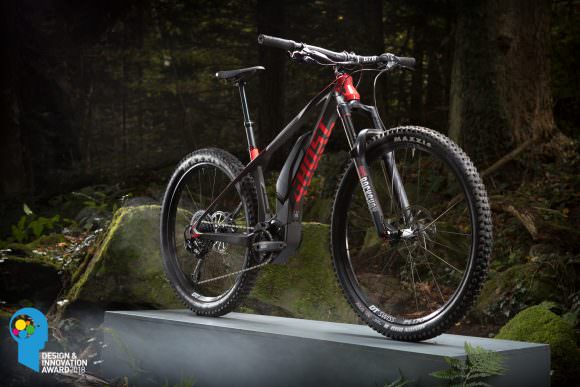
There have been many other innovations in the area of product safety too. More and more components are specially developed for e-bikes, designed for increased loads and e-bike specific demands. These include more powerful brakes, reinforced suspension forks, and also special saddles such as the Selle Royal eZone.

Systems integration
Integration is a hot topic in current E-Mountainbike development. Not only the aesthetic aspect of integrating the motor and battery into the frame, but also the associated technical advantages are gaining importance. The integration of the battery, for example, frees up space for a bottle holder or even a second battery in the front triangle (Haibike Modular Rail System). Also, the battery is becoming more and more important as a central energy source for other components. For example, the bike lights, as well as the drivetrain, can draw their electricity from the central power system. Manufacturers are getting increasingly creative with the implementation of systems integration. While many rely on special in-tube batteries, others manage to integrate the external battery into the frame (e.g. Pivot Shuttle).
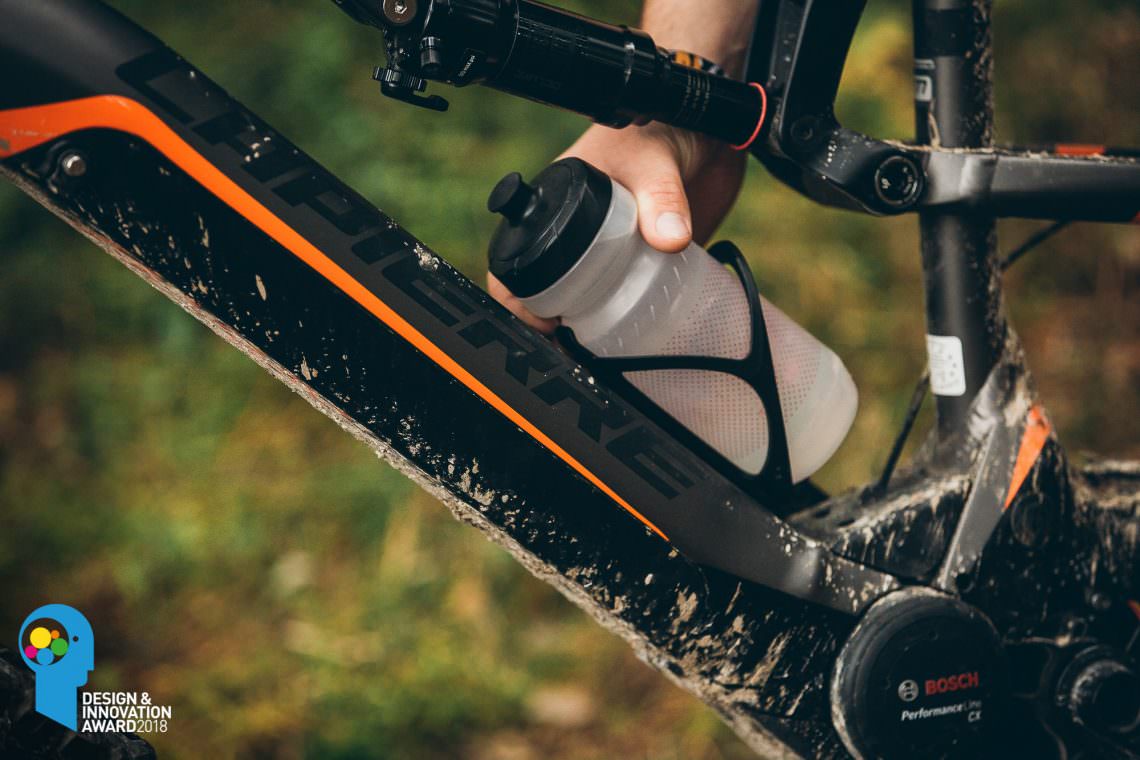
The end of categorisation as we know it
So far, the categories and norms of e-bikes were based on and transferred from known categories in the non-motorised bicycle industry. However, these, mostly efficiency-based, standards have little meaningful value in the e-bike sector. New concepts such as the CENTURION E-Fire Country underline this development impressively. A step-through bike with a dropper seat post, a suspension fork and mountain bike tires – unthinkable outside of the e-bike world!
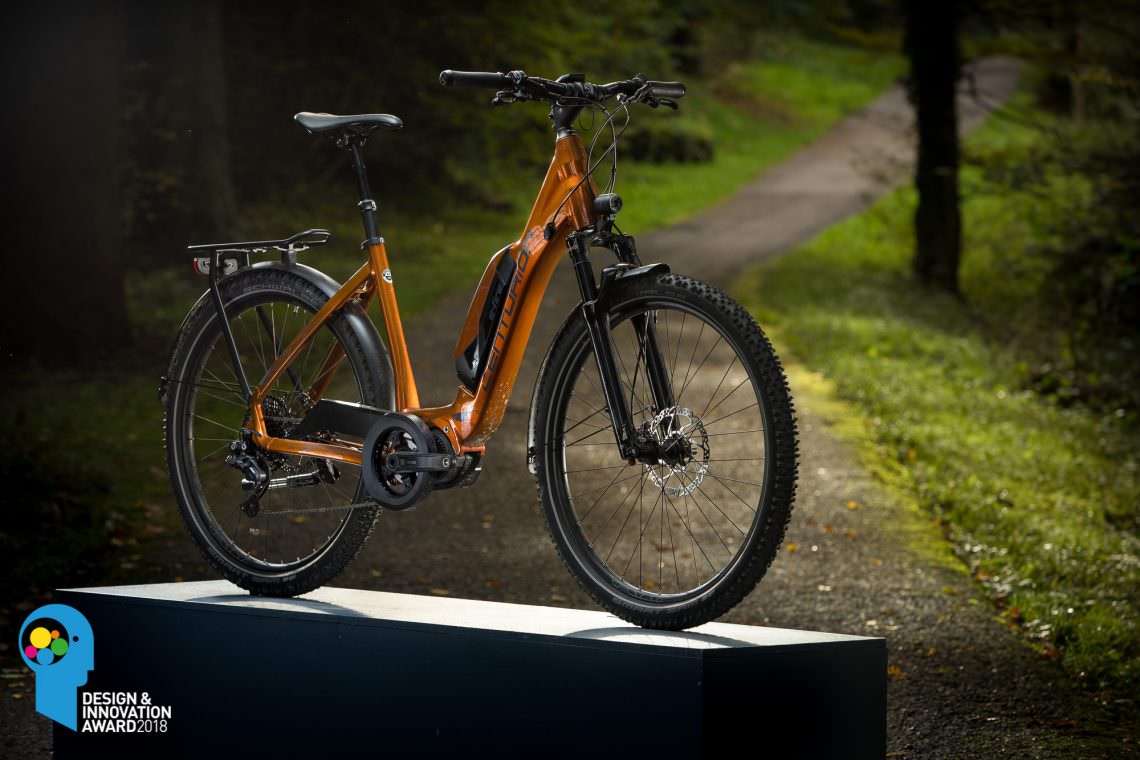

E-Bikes for the masses!
The high purchase price of an e-bike is still the biggest hurdle for many potential buyers. Cheap bikes from discounters are not a solution here because they can’t offer the quality or rider safety of current high-end models. Rear hub motors, such as those used in the Orbea Gain electric road bike, will be used on entry-level mountain bikes in 2018/19. Although they can’t quite compete with mid-engines regarding weight distribution or handling, they are cheaper and easier to integrate, allowing them to hit more aggressive price points.
E-MTB diversification
E-MTB’s will be even more versatile in the coming year! While in the past, an increase in range and engine power was the maxim of development, new players such as the German motor manufacturer FAZUA are breaking new ground. A compact and lightweight engine makes e-bikes much more agile. This development also laid the foundation for the all-new e-road segment, which will become ever more important in 2018.
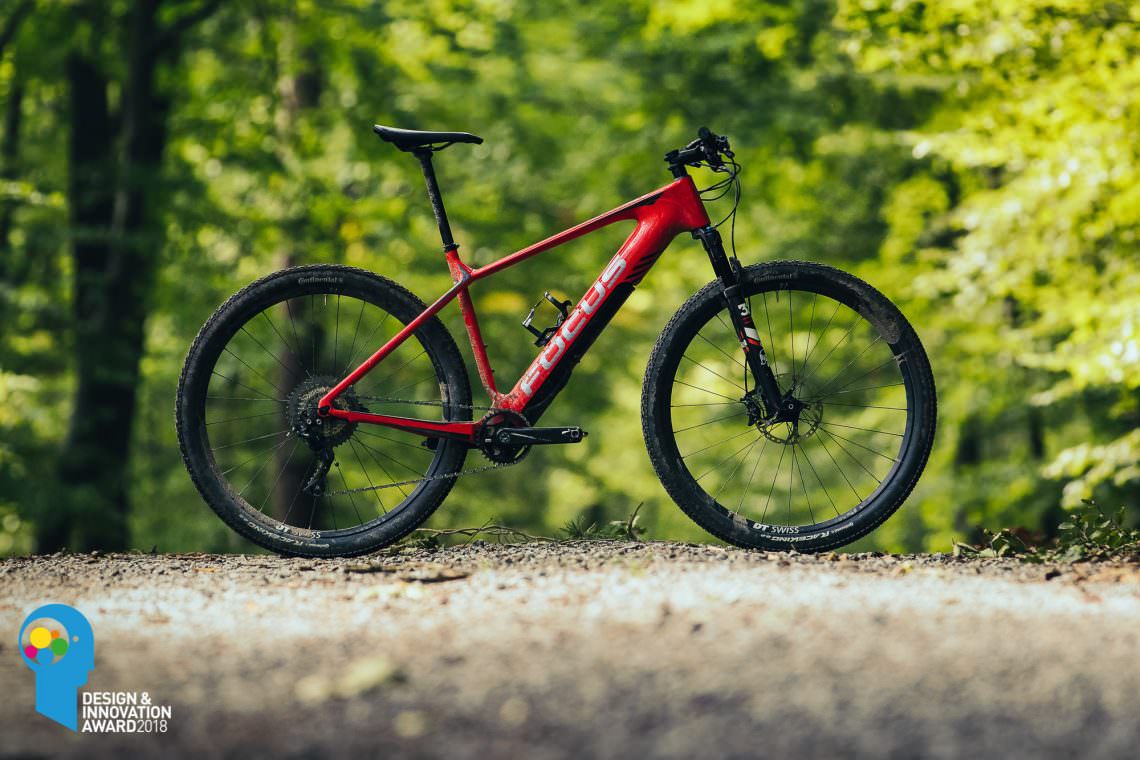

There is also increased specialisation amongst some manufacturers. While E-Mountainbikes are very versatile per se, extreme concepts like the NICOLAI ION E-BOXX or the Rocky Mountain Powerplay are aimed at very specific niches. Despite having similar amounts of travel, they appeal to different types of riders with completely different concepts. The customers, therefore, have to rely more heavily on bike reviews and test rides than before.
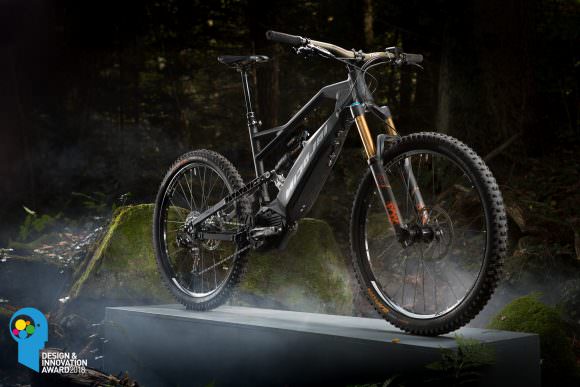


New players enter the stage
The boom in the e-bike industry hasn’t escaped the attention of many new brands in the industry. Several companies have announced their debut for the new year, including manufacturers with motorsport experience such as Husqvarna, Fantic or Ducati. Often the companies rely on employees with a lot of experience in the bike industry. Husqvarna is headed by PEXCO, led by Susanne Puello and her husband Felix, both of whom have previously written the success story of Haibike.
In addition to new bike manufacturers, there are also a large number of new motor manufacturers with backgrounds in the automotive industry: Rheinmetall, ZF and Ebikemotion are just a few examples. Who of them manage to prevail in an increasingly competitive market that demands not only a powerful motor but also reliable service, remains to be seen.
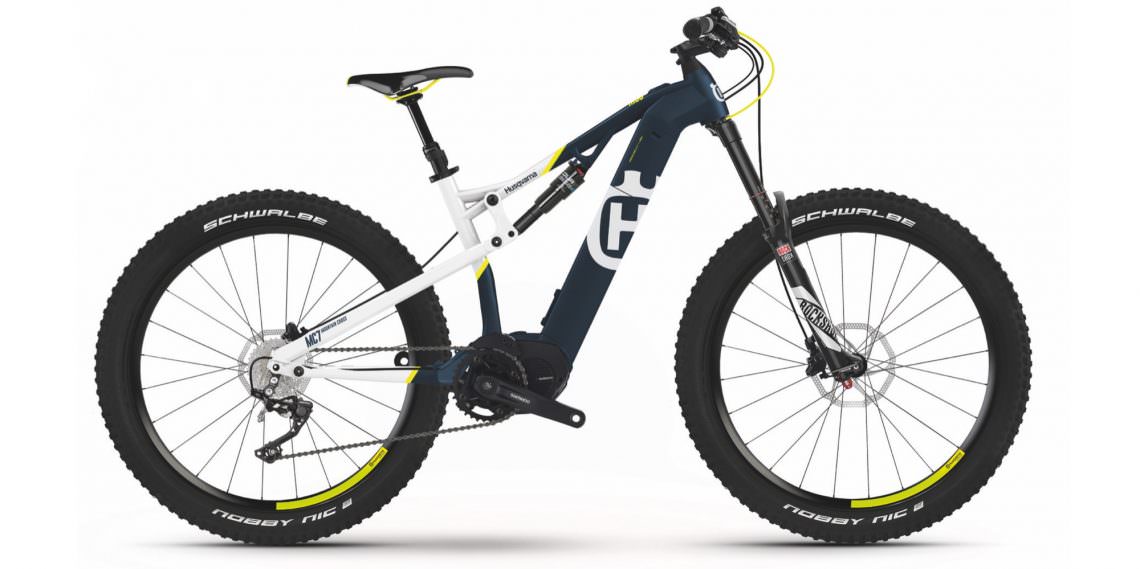
More important than the motor: the right software!
During the past year, apps have become more and more important for e-bikes. With the arrival of an onboard battery that powers the electrical system, the once-analogue bike has evolved into a complex networked vehicle. Apps already allow you to track your ride, to adjust the levels of pedal assistance, or to help you navigate. In the future, expect to see the range of functions expand. The subject of security (e.g. automatic emergency call in case of a crash) and theft protection will begin to play bigger roles. The community aspect is also gaining importance too. Platforms like Strava and Co. are adapting their products more and more to the needs of e-bikers and offer a wider range of functions.
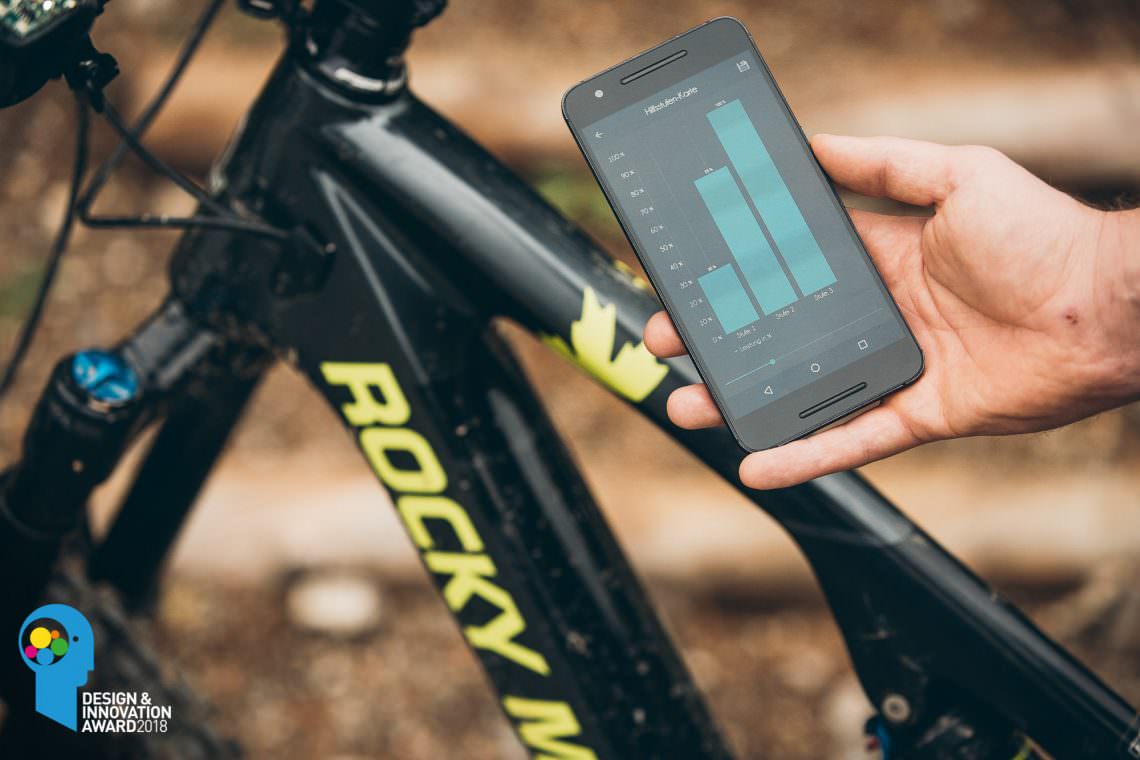
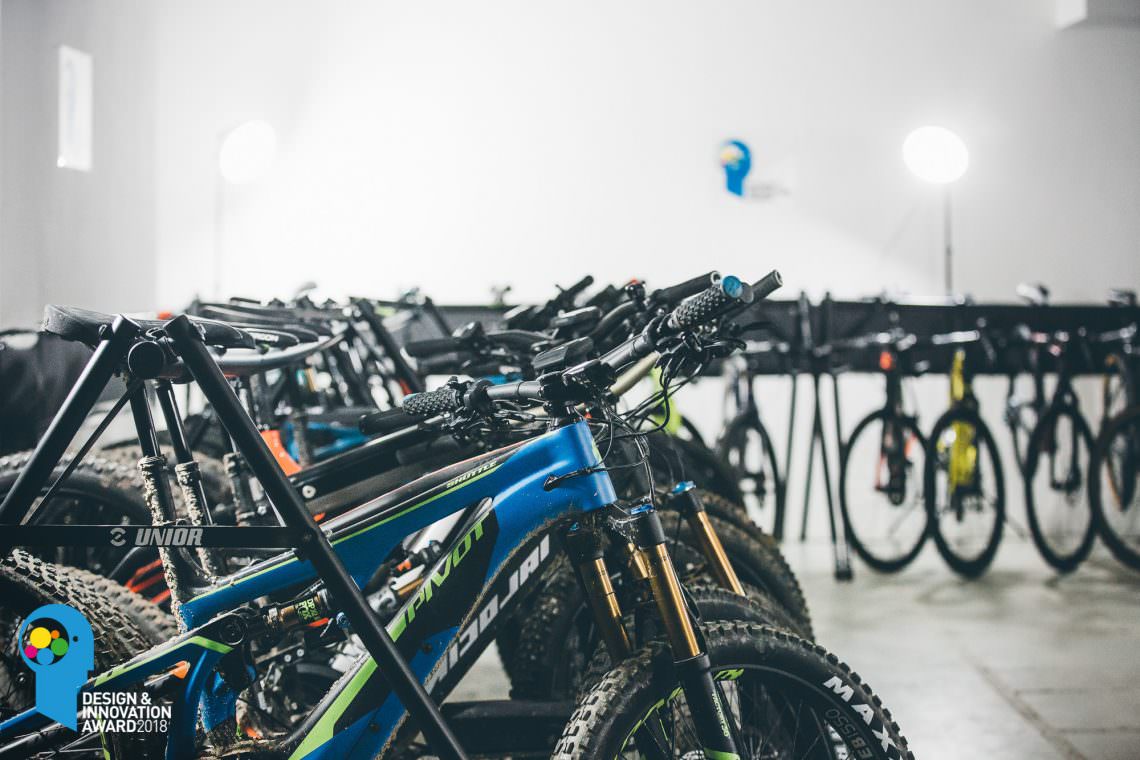
Design & Innovation Award 2018 Special Issue
Find more information on the Design & Innovation Award 2018 and all awarded products in our special issue in the digital app format. Download the app for iOS or Android to read all articles on your tablet or smartphone.
The articles from the special issue will also be published gradually on the DI.A overview page, head to design-innovation-award.com to learn more about all awarded products.
Did you enjoy this article? If so, we would be stoked if you decide to support us with a monthly contribution. By becoming a supporter of E-MOUNTAINBIKE, you will help secure a sustainable future for high-quality cycling journalism. Click here to learn more.



